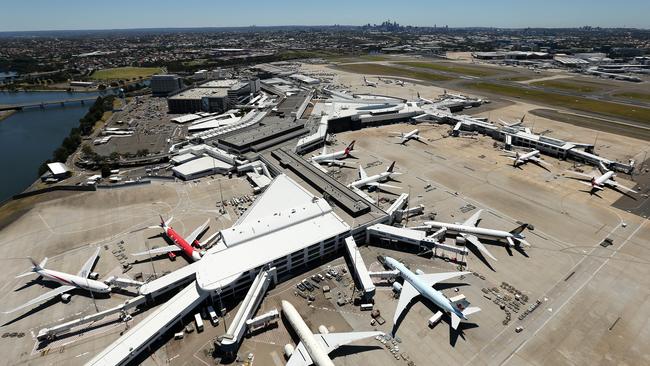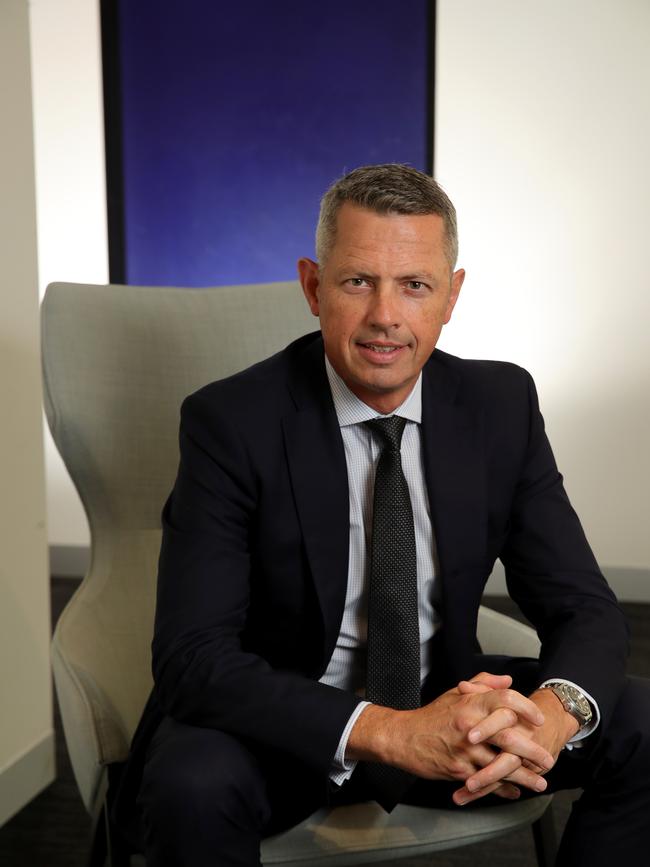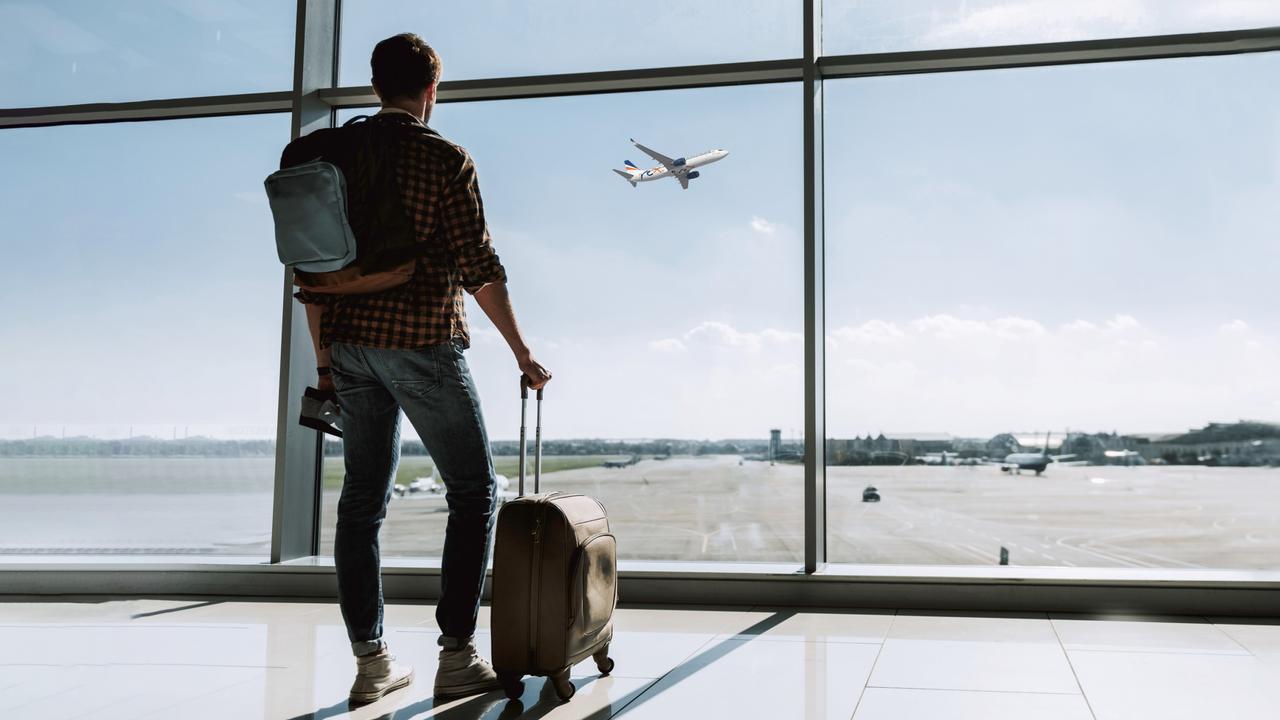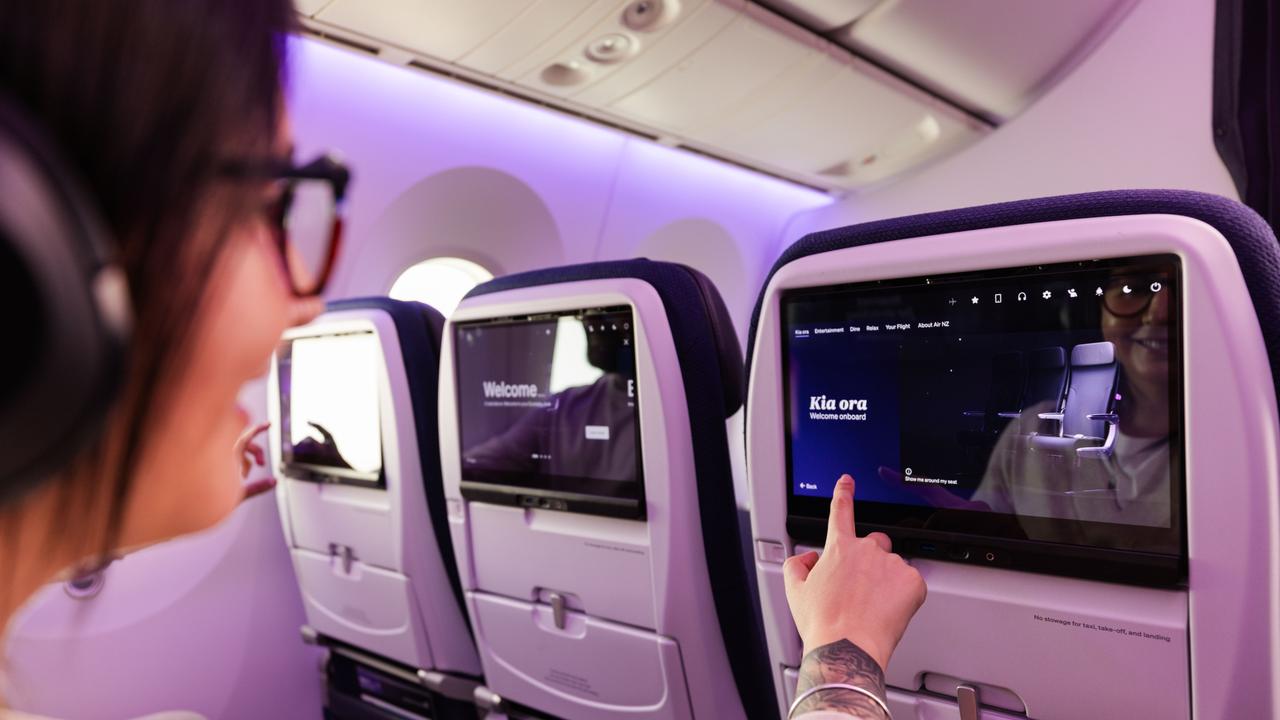Sydney Airport’s new owners, Sydney Aviation Alliance consortium, have plenty of baggage to deal with
Syney Airport’s prospective owners say their experience and deep pockets will make them very different owners for it, prepared to invest for the long term.

David Flynn spends his days communing with those who – for better or worse – spend considerable time in airports.
As the editor of Executive Traveller, a news service for serious business commuters, Flynn has heard every complaint about airports. And Sydney Airport is a frequent mention.
The company, privatised with the help of Macquarie in 2002 for a then eye-watering $5.6bn, has long been a magnet for criticism from Sydneysiders forced to pay high prices for parking, suffer through long queues and use the food court.
Now Sydney Airport is being acquired in a $24bn deal by the Sydney Aviation Alliance – a consortium led by $150bn industry superannuation fund vehicle IFM Investors. (It still needs approval from the competition regulator.)
Freed from the financial demands placed on a publicly listed company, can Sydney Airport’s service improve?
Flynn says it can.
Or it can get much worse.
For their part, the company’s prospective owners say their long-term perspective and deep pockets as well as experience with airports will make them very different owners of the airport, prepared to invest for the long term.
“I would be more optimistic that there are reasons to be excited, but you can see why people are concerned,” Flynn says. “If they don’t have a good opinion of Sydney Airport at the moment, the prospect of it going to new owners who are not listed on the market is not going to hearten them.
“But I can see it could be a good opportunity for Sydney Airport … there is a lot of room for upside.”
Asked this week about its plans, a spokesman for the consortium asked for it to be judged on the track record of its members including IFM, AustralianSuper, Q Super and New York infrastructure fund manager Global Infrastructure Partners.
“Sydney Aviation Alliance members have a proven track record of investing billions of dollars in their assets, creating new jobs while enhancing customer and passenger experiences,” the spokesman said.
The consortium points out that its members are long-term investors who can be more patient about returns, very different from owners of an ASX-listed company under pressure for quick profits.
“As long-term investors, we can do this without the constraints associated with publicly listed companies,” the spokesman said.
Consortium members, who own stakes in most major airports around the nation, have invested $3.8bn in capital programs in Australian airports over the past five years. These include a privately funded second runway at Brisbane – the largest complete aviation investment in Australia so far – and upgrades of Melbourne Airport including a $330m expansion of the terminal two international terminal and an upgrade of the $225m terminal four.
IFM, which is owned by 23 industry super funds, has holdings in nine airports in Australia, including Melbourne (25.2 per cent), Brisbane (20 per cent), Adelaide (12.8 per cent), Darwin (77.4 per cent), Perth (3.2 per cent), Alice Springs and Tennant Creek (77.4 per cent), Launceston (22.7 per cent) and Parafield, in Adelaide’s north (12.8 per cent).
AustralianSuper has a 5.25 per cent stake in Perth Airport. QSuper has investments in airports in Brisbane, London (Heathrow) and Edinburgh. GIP has investments in airports in Gatwick, Edinburgh and London (London City Airport), in which it has spent more than $5bn in capital upgrades.
One likely change for the airport, if the consortium succeeds in its bid, is a big focus on the use of solar power.
One of the key players behind the deal is IFM’s low-key head of Australian infrastructure, Northern Ireland-born Michael Hanna, who has been working at IFM in the same role since July 2006. Hanna studied Urban and Regional Planning at the University of Strathclyde in Glasgow.
After working as an economic planner with management consultancy Hall Aitken, he moved to London to work with engineering company Arup. The job saw him moving to Melbourne. He joined the Victorian Treasury as an infrastructure executive in 2002, working there for four years before joining IFM.

Under his leadership, IFM has overseen the installation of solar energy farms at Melbourne and Brisbane airports and the introduction of electric bus fleets to transport passengers. With the deal at a sensitive point, Hanna is not giving any interviews.
But speaking with The Deal magazine in March last year, Hanna spelled out IFM’s plans to install renewable energy in the airports it has invested in.
The fund’s first major use of renewable energy was at its airports in Darwin and Alice Springs, where there is plenty of sun. Hanna said IFM began installing solar power in the two NT airports in 2010. The investment not only helps its green energy credentials, but has reduced power costs. Alice Springs airport is now almost 100 per cent powered by solar energy.
The fund began introducing solar power to Brisbane Airport in 2018, installing 20,000 solar panels generating 6MW of renewable energy a year. This included the largest single rooftop solar installation at an Australian airport at the time – more than 6500 panels across 24,000sq m.
By 2020, the panels were generating 10GW hours a year of renewable energy at the airport.
IFM followed up with the installation of a 12MW solar farm at Melbourne covering an area the airport describes as being the size of 26 soccer fields. “Over time, as we build more solar power, we are getting more experience and we’ll be rolling it out across our other infrastructure assets,” Hanna said. He agreed that there was a “social benefit in reducing our carbon footprint and reducing risk around climate change. But it has to be driven by the economics of the proposal.”
IFM had an early interest in renewable energy investing in Pacific Hydro in 1996 and bidding for complete control over the then listed company in 2005. With industry funds strong proponents of renewable energy and IFM’s policies to reduce carbon emissions in its assets, this could be expected to be a strong focus of the consortium’s approach in running Sydney Airport.
Looking at the IFM track record around Australia, Flynn says passengers like the upgrade of Brisbane Airport. “Brisbane has seen some good changes and is a really nice airport now. They have made it a more comfortable, relaxing environment.”
Flynn says he was heartened to learn that former Virgin Australia executive John Borghetti was appointed as a director of the board of Brisbane Airport by IFM.
Peter Harbison, chairman of the Centre for Aviation, says the concern is that with no competition, Sydney Airport’s new owners could seek to raise landing fees to compensate for the Covid-19 lockdowns.
Qantas chief executive Alan Joyce expressed similar concerns this week, calling on the Australian Competition & Consumer Commission to impose anti-monopoly conditions on its approval, given that the industry funds have investment in all the other major airports around the nation.
Harbison says the industry is seeing airports around the world lift fees as activity steps up and they look to recover lost revenue.
Willie Walsh, the director general of the International Air Transport Association who previously ran British Airways, recently hit out at the big increase in fees announced by Holland’s Schiphol Airport, one of the busiest in the world.
Harbison says he believes the industry will take years to recover from Covid, with global business travel to be subdued for at least the next few years.
He says this means that the owners of major airports will be under continued pressure.
“It is going to take a long time for the level of tourism we once saw from China to Australia to come back, if at all,’ he says. “Airlines are going to be struggling because of the cutback in business travel, which is critical for the economics of their long-haul travel.”
IATA is forecasting air traffic in Asia next year will only be a tenth of the level it was before Covid-19. While domestic air travel will come back in Australia, as borders reopen, Harbison says whoever owns Sydney will be under ongoing pressure from the depressed international business.
“I don’t think there is a lot of difference between airport owners,” Harbison says.
“It is just a matter of what leverage they have and what they are going to do with it.”
He says the problem for users of Sydney Airports from the beginning was that it had monopoly powers and was privatised with a weak regulatory regime by a federal government keen to maximise the amount of money it got from the sale.
This gave the airport’s owners a strong hand in dealing with airlines and the public.
“No one has any control over it, effectively,” he says.




To join the conversation, please log in. Don't have an account? Register
Join the conversation, you are commenting as Logout